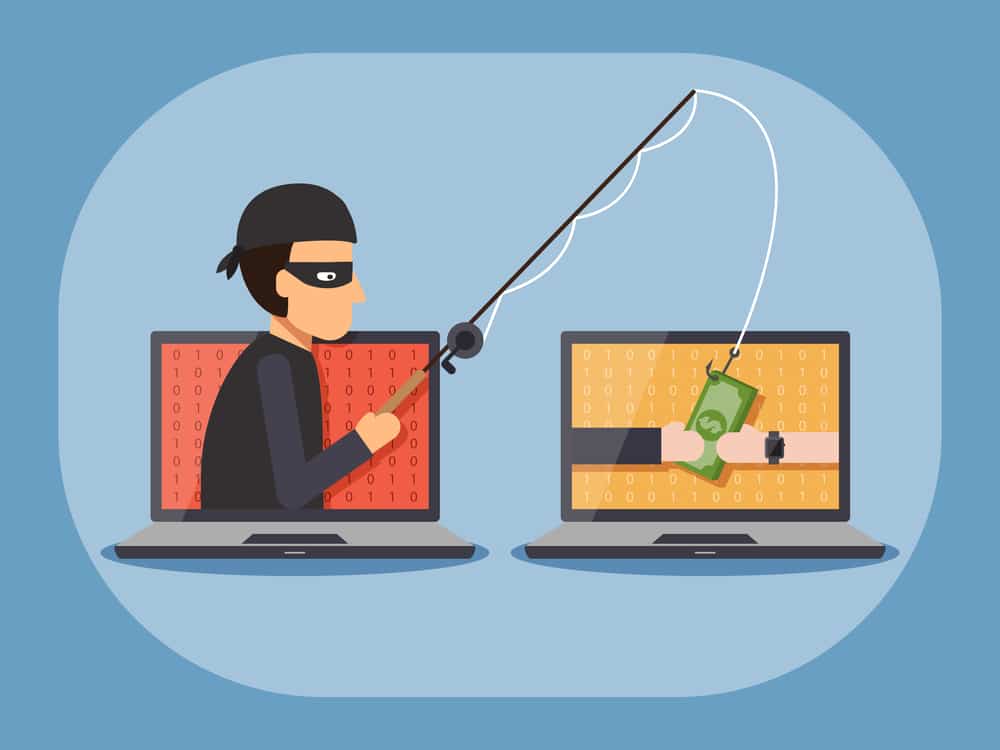
In this current era of Internet, hackers are coming up with new ways to get their hands on our private data because they know that it’s priceless and they are waiting to exploit it. There has been a noticeable rise of ransomware and identity theft cases and it will be perfect to say that no one is safe from data theft.
We have evolved in the use of internet but we have not evolved equally in terms of how to safeguard yourself over the internet, and it’s time to know where the danger lurks over the internet in order to safeguard your data.
Phishing emails are one of the widely used tactics for data theft and statistics shows the rate at which this technique has been used to make people reveal their personal data.
Phishing Email, What is it?
A phishing email is an email that tricks you to click a malicious link or to reveal private information. This is the most widely used tactic by the hackers in order to trick you into revealing your personal information.
You can also check how to delete all emails on Gmail, as it may include a lot of such malicious emails which might put you at risk. Deleting all the emails in your inbox can be a tedious task, but there are ways to do it quickly and efficiently.
How to Spot and Avoid Phishing Emails?
Check the source of the email
This is the first step in detecting a phishing email and you can know if an email that you have received is a click bait. If the sender of the email is not known to you then the chances are the email is a phishing email targeted to extract your personal information.
Don’t rely only on spam filters
Most email service providers deploy their own spam filters in order to filter malicious emails and send them to a separate spam folder, but this might not be enough for your protection as several emails are designed to bypass this protection.
Ask a question – Do I need to proceed and click on that link
If temptation has got a grip on you and you have decided to click on the link, beware that the link might lead you to a malicious website causing a malware to install on your machine, some might also lead you to a spoofed website page of your bank forcing you to enter your login credentials and thus compromising your private information.
See if there are spelling mistakes in that email
Brands pay attention towards the details of the email and triple checks for errors, on the other hand, cyber criminals often neglects to do such things in haste. So if an email contains several misspelled words chances are the email is a fake or phishing email.
See if the product which is advertised is true
If you have received an email that offers a deal which seems too good to be true and seems pretty legit at the same time. Then better proceed with caution because cheap ticket giveaways, expensive trips at low costs etc. are scams and should be verified before proceeding further on the email.
See to whom the email is addressed to
Legitimate companies often pay attention toward making their emails looks genuine and official so they will typically address you by your full name. So if an email addresses you with something odd then there is a reason to get suspicious. So proceed with caution and watch out for such emails.
Conclusion
In this guide, I explained what are phishing emails, how you can detect them and know if you are being made a victim of phishing emails. So with the help of this guide protect yourself from the scams of phishing emails and I hope the guide will prove useful to you in this regard.










